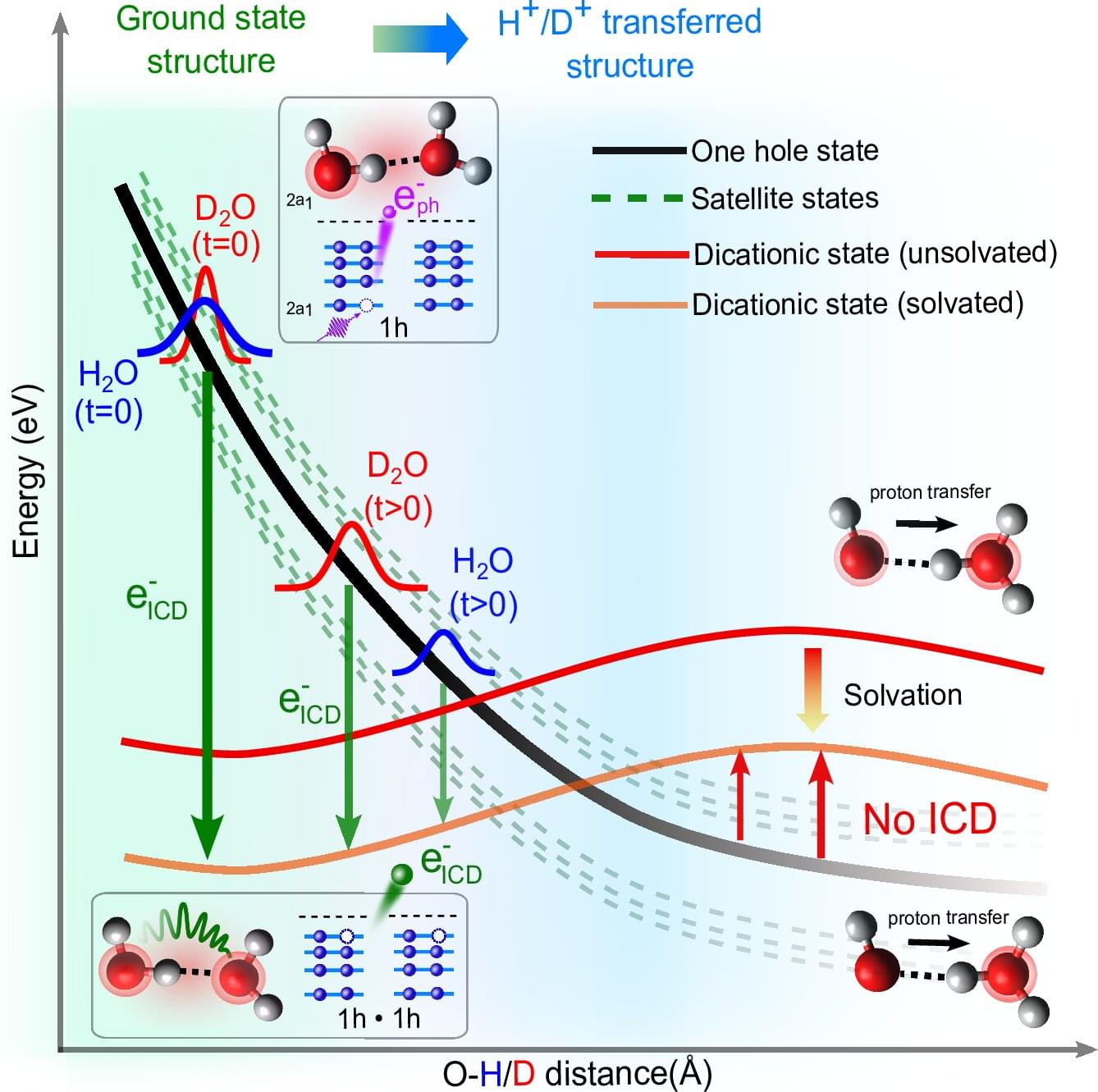A study by University of Hawaiʻi researchers is advancing how we learn the laws that govern complex systems—from predator-prey relationships to traffic patterns in cities to how populations grow and shift—using artificial intelligence (AI) and physics.
The research, published in Physical Review Research, introduces a new method based on statistical mechanics to improve the discovery of equations directly from noisy real-world data. Statistical mechanics is a branch of physics that explains how collective behavior emerges from individual particles, such as how the random motion of gas molecules leads to predictable changes in pressure and temperature.
In this new work, statistical mechanics is used to understand how different mathematical models “compete” when trying to explain a system. This matters because many scientific fields rely on understanding how systems change over time, whether tracking disease spread, analyzing climate change or predicting the stock market. But real-world data is often messy, and traditional AI models can be unreliable when the data gets noisy or incomplete.









